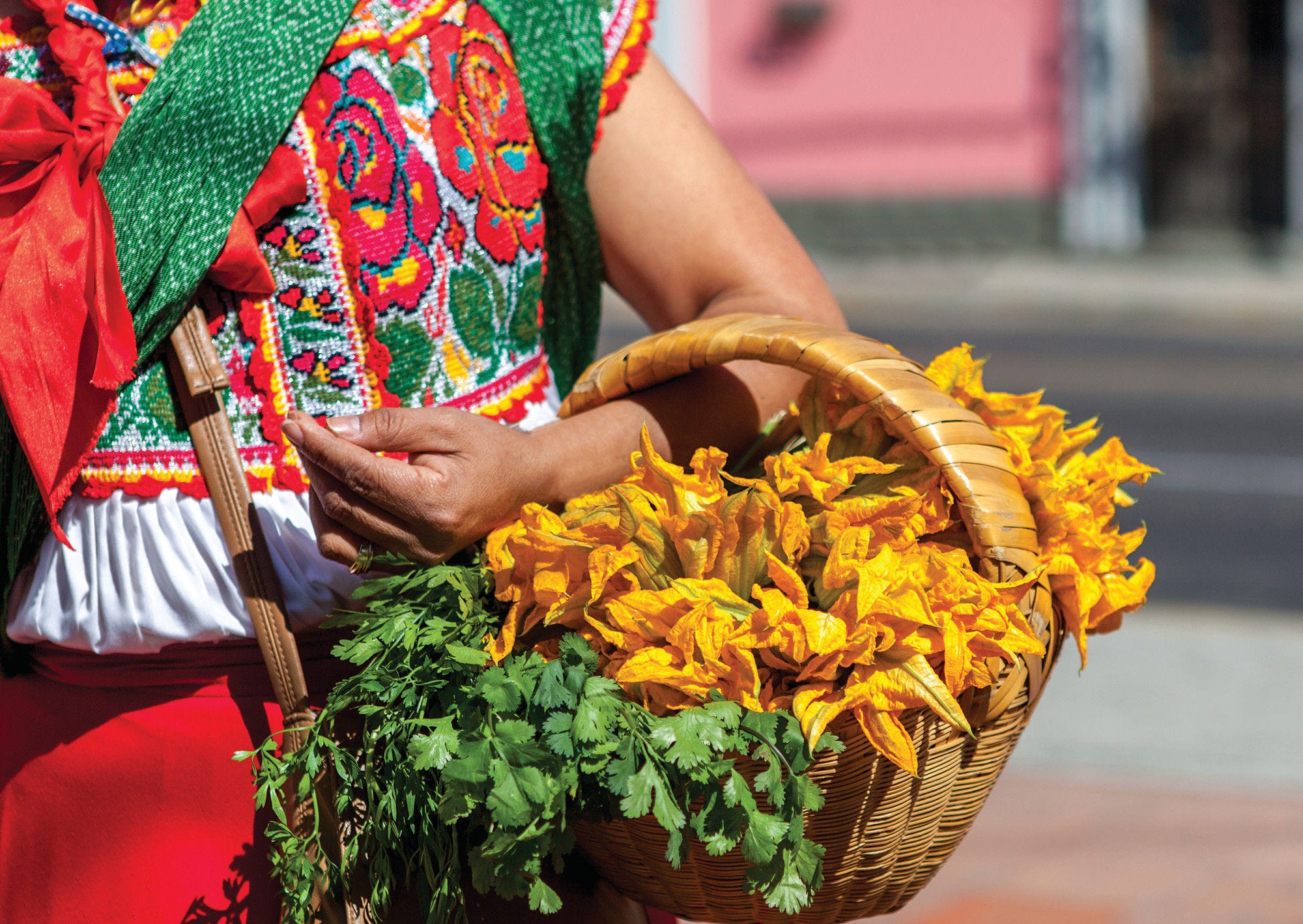Injuries are a leading cause of death and disability for all age groups and took over 635 000 lives in 2015 in the WHO Region of the Americas, accounting for 9.7% of all deaths. Injuries can result from traffic collisions, drowning, poisoning, falls, burns, violence from assault, self-inflicted or acts of war, exposure to mechanical forces, as well as natural disasters. The magnitude of the problem varies considerably across countries by cause, age, sex, and income group, but injury deaths, both intentional and unintentional, are largely preventable events.
Men had far higher mortality rates than women in the LAC region in 2017, with 104 deaths per 100 000 for men and 28 deaths per 100 000 for women, compared to 58 and 20 deaths per 100 000 respectively among OECD countries (Figure 3.17). Venezuela shows the largest gender difference with an injuries mortality almost six and a half times higher among men compared to women, followed by El Salvador and Colombia with rates more than five times higher. Conversely, Cuba and Bolivia show the lowest gender differences with injuries death gender ratios of 2.2 and 2.5, respectively.
Violent deaths were the most common cause of death due to injuries in the LAC region in 2017 and accounted in average for 27% of injury deaths, followed by road traffic deaths with 25% and self-inflicted injuries with 13% (Figure 3.18). A different trend was observed in OECD countries where 28% of injury deaths were self-inflicted, 22% were due to road traffic crashes and violent deaths represented 15%. However, the figure should be considered in the context of a corresponding global increase in the number of registered vehicles, suggesting that interventions to improve global road safety have mitigated the expected rise in the number of deaths (WHO, 2018[14]). Over half of all injury deaths could be attributed to interpersonal violence in Honduras, Jamaica and El Salvador, and the lowest proportion was observed in Peru, Uruguay, Bolivia and Chile, all below 11% of all injury deaths. In Haiti, Paraguay, Ecuador and Dominican Republic, road traffic accidents represented over 37% of injury deaths and below 17% in Saint Vincent and the Grenadines, Guyana, Jamaica and Cuba. In Suriname, Uruguay, Guyana and Chile, self-inflicted deaths were over 25% of all injury deaths, and below 6% in Honduras and The Bahamas.
Mortality from injuries due to violence shows an increase of 33% in LAC between 1990 and 2017, lower than the 50% increase in the OECD (Figure 3.19). The highest growth was observed in Venezuela, Jamaica and Belize of more than 150%, while the largest decrease occurred in Colombia (‑62%), Bolivia (‑48%) and Nicaragua (‑43%). Mortality due to self-harm injuries in the period also increased in LAC by 5%, opposed to the reduction of 9% in the OECD. Jamaica shows the largest increase by 132% and Chile exhibits the most pronounced decrease of ‑56%. Road traffic injuries deaths in LAC and the OECD experienced a decrease of 22% and 38% between 1990 and 2017, respectively. Only Jamaica, Dominican Republic, Paraguay and Argentina saw an increase, while the largest reduction was observed in Cuba, Bolivia and Nicaragua (over ‑50%).
OECD countries improved a safe systems approach to road safety, which includes education and prevention campaigns as well as vehicle design and safety, and also adopted new laws and regulations and the enforcement of these laws to improve compliance with drink-driving regulation, speed limits and the wearing of seat belts and motorcycle helmets (ITF, 2017[15]). On 11 May 2011, the first ever Decade of Action for Road Safety 2011‑20 was launched across the world. Mandated by the United Nations General Assembly, the Decade represents an historic opportunity for countries to stop and reverse the trend which – without action – would lead to the loss of around 1.9 million lives on the roads each year by 2020.



